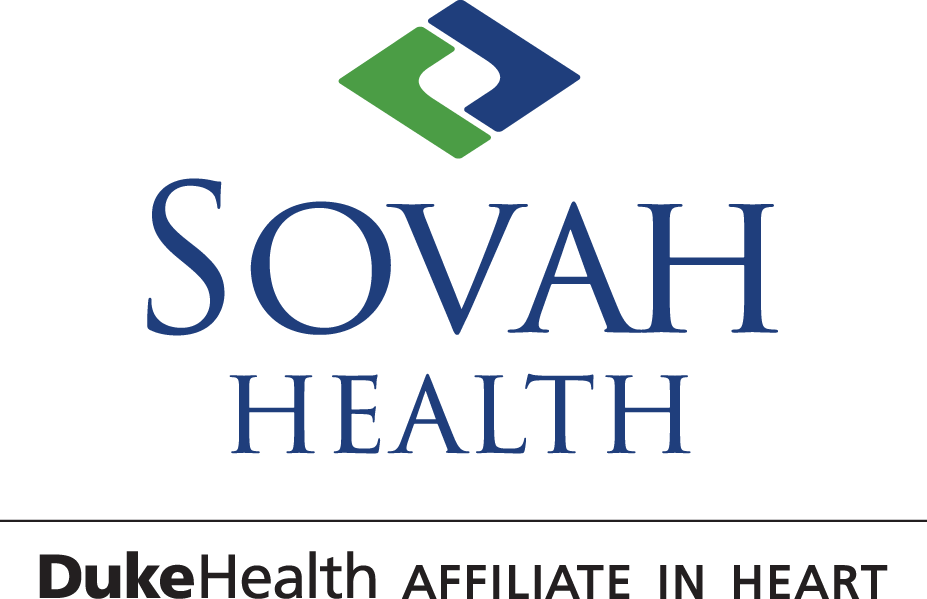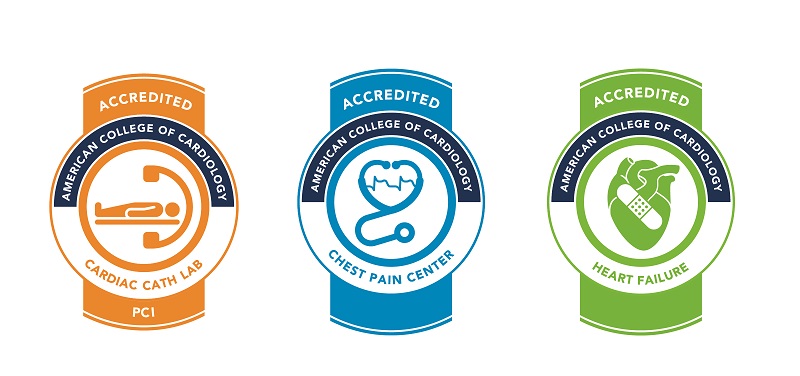Interventional Cardiology

Sovah Health's experienced heart catheterization team performs procedures using balloons, stents and other devices to open blocked or repair damaged blood vessels of the heart or body. This often avoids the need for heart surgery.
Heart conditions can increase the risk of high blood pressure, heart attacks, stroke or loss of limbs.
Common treatable conditions include:
-
-
- Coronary artery disease (narrowing of the coronary arteries)
- Heart valve disease
- Peripheral vascular disease
-
Procedures and treatments offered:
-
-
- Diagnostic imaging and pressure measurements
- Balloon angioplasty
- Clot extraction
- Fractional flow reserve measurements
- Intra-arterial ultrasound
- Temporary pacemaker insertion
- Stent insertion
- Intra-aortic balloon pump/circulatory assist device insertion
- Intravascular lithotripsy
-
Quality Heart Care, Close to Home
Sovah Health and Duke Health make a powerful combination in heart care. As a Duke Health affiliate in heart, the Sovah Health heart team has access to Duke Heart Center's clinical experience and expertise as we further enhance our full-service cardiovascular program.
The American College of Cardiology has recognized Sovah Health for its demonstrated expertise and commitment in treating patients who come to a cardiac catheterization lab for care, including diagnostic catheterizations and percutaneous coronary intervention (PCI) procedures. PCI is also known as coronary angioplasty. It is a non-surgical procedure that opens narrowed or blocked coronary arteries with a balloon to relieve symptoms of heart disease or reduce heart damage during or after a heart attack.
Hospitals that have proven exceptional competency in treating patients who require cardiac catheterization have standardized their assessment process for patients before undergoing catheterization to ensure quality and patient safety. They ensure that care in the procedure room for sedation, infection control, radiation safety, universal protocol, and time out procedures is fully coordinated. They have mastered the appropriate transfer to a cath recovery unit to better monitor and track complications, enhance physician-to-patient communication, patient family communication, discharge instructions and follow-up information.

